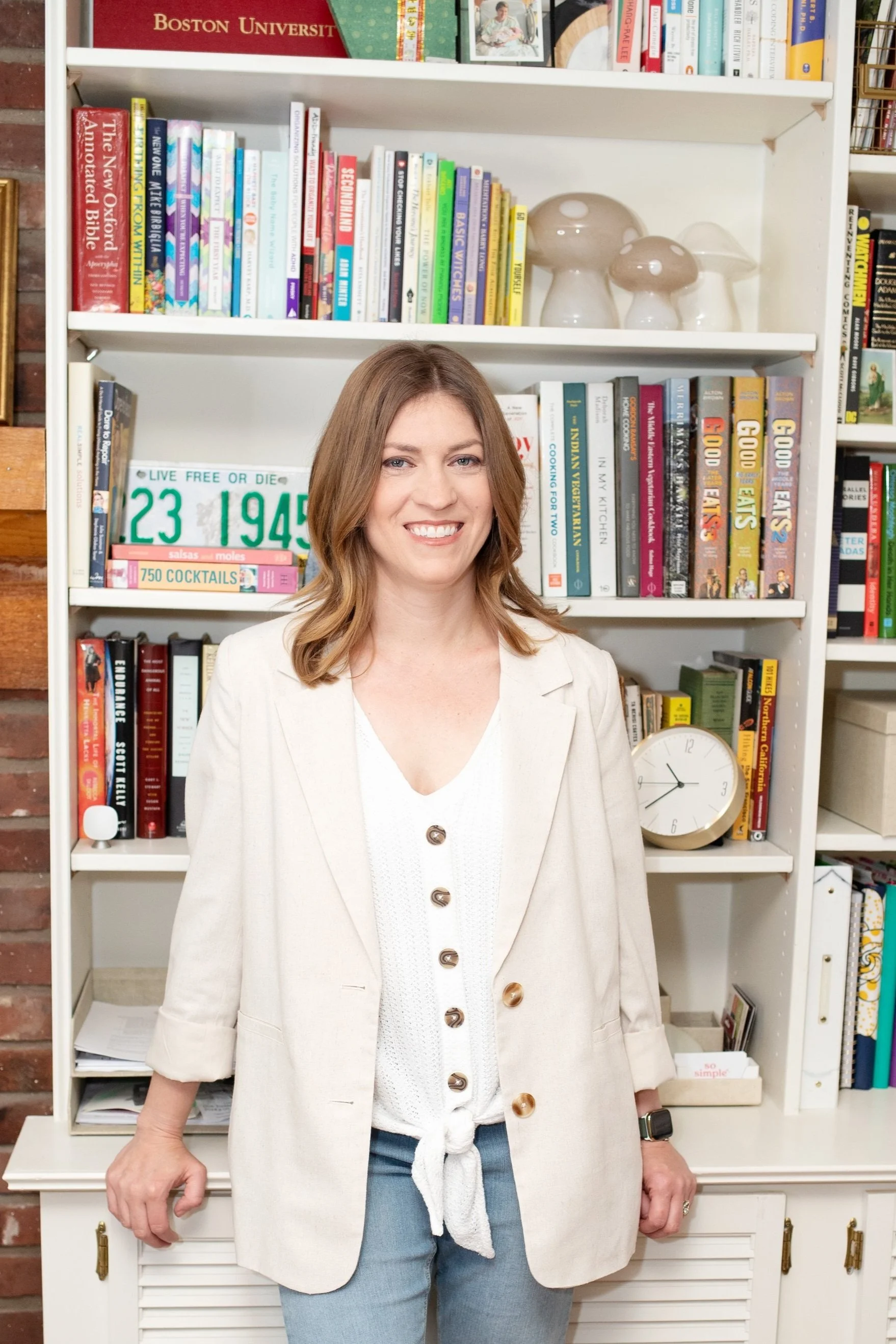How do you decide what is “clutter”?
I’m not a fan of the word “decluttering,” although it comes up a lot in my work as a professional organizer. The reason I don’t like that term is because “clutter” has such a negative connotation, and sometimes when people hear the word “decluttering,” it makes them feel guilty that they have clutter in the first place.
“Is this clutter?” is a question that my clients ask me a lot. I think there are a lot of myths and misunderstandings about what counts as “clutter.” Often, people are afraid that I will tell them that something important to them is clutter, or they need to get rid of something that is sentimental but doesn’t seem to have practical value. But I’m happy to say that this isn’t the case!
When I work with my clients, I take a different approach to decluttering than they might have seen on a TV show or read about in a book. Here’s what I think is important for you to know about clutter and decluttering:
There is no single item that is always clutter.
Have you ever heard the expression, “whether something is a weed or a flower depends on your perspective?” Well, I think the same is true about clutter. Something that seems useless to one person could be extremely important to another.
I think of clutter as anything in your space that doesn’t provide you value (whether that value may be practical use, sentimental or financial value, or pleasure). Something that you don’t have the time, energy, or space to properly take care of, no matter how much you want to, can also become clutter.
That’s why it’s so important to evaluate what you think is important before you begin to address clutter in your home. Only you can decide what is clutter in your own space.
Sentimental and decorative items aren’t necessarily clutter.
Many of my clients struggle with decisions about whether to keep sentimental items. Sometimes we keep them out of feelings of guilt or obligation, and sometimes we feel guilty for holding onto items that we love but have no practical purpose.
I personally love sentimental items, and as you can see on my bookshelf, I love to display them through my home. Seeing my favorite books, photos of loved ones, and little pieces of my history on a regular basis make me happy.
I encourage my clients to keep, display, and properly preserve sentimental items that bring them joy, and let go of the ones that bring feelings of guilt or burden. The key to not allowing sentimental items to become clutter is to be selective about which items you keep, and to store or display them in a way that allows you to enjoy them.
Things that are useful can still be clutter.
“But that could be useful!” is one of the most common protests I hear when I encourage clients to let go of something they’re not using. And I understand that it can feel wasteful to let go of something that could be possibly used in the future. However, many of us hold onto potentially useful items…that we never actually use! And that ultimately leads to clutter in your home. If you’re not going to use something, it’s ok to pass it along to someone who will.
Clutter isn’t always an eyesore, or even visible.
Just because a home doesn’t look messy doesn’t mean it isn’t cluttered. Going back to the definition of clutter, if something in your space isn’t providing you value, no matter how neat or organized it looks, it is still clutter.
Also, clutter sometimes isn’t visible at all. Maybe you have commitments on your calendar that are sucking up time but don’t provide you with value, or you have tons of files and photos on your photo that are just taking up space. Clutter can come in many forms, not just physical. Once you start thinking critically about the things you are giving time, space, and energy, you will be able to apply a decluttering mindset to all aspects of your life.
Don’t start by decluttering, start by assessing.
Instead of “decluttering,” I prefer to begin the organizing process by assessing. I help my clients take a look at their items in a non-judgemental way — are these items helping them to achieve their goals, or are they just taking up space without providing enough value? If they’re happy with everything, we figure out how to make all of their items work in their space. But more often than not, clients realize they do have things in their space they want to let go of.
If you need help thinking through the items you have in your space and deciding what to keep or let go of, I’m here for you. Set up a time to chat with me so I can give you some guidance.

